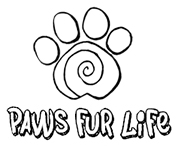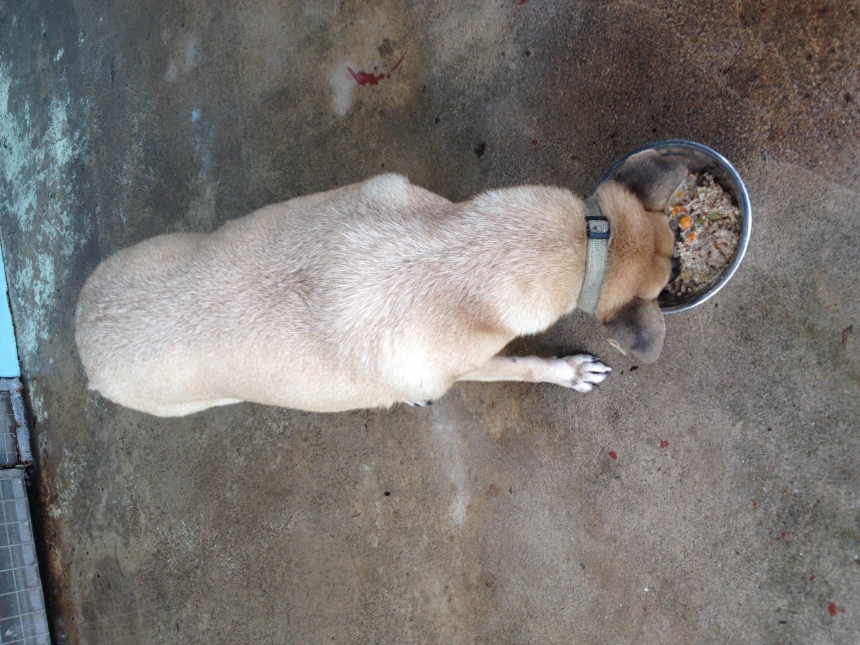Nutrition for an overweight dog
Is your dog overweight? A dog is considered overweight if the weight is 10-20% above the ideal weight and obese if the weight is more than 20% above the ideal weight. Our pets are family and they are often pampered with lots of treats and goodies, especially during the festive season like Christmas and New Year. As pet parents, we have to be mindful that we do not overfeed our beloved furries, lest they too like their humans gain extra pounds during the festive season. Although we are in the business of making dog treats, we often have to remind our customers that treats should be given in moderation and should not form more than 10% of the dog’s daily meals. Break the treats into smaller bites as dogs treasure the moment, not the volume of treats.
The common factors which may affect your dog’s weight include genetics, amount of food/treats, exercise and age. Other factors like neutering, endocrine disorders or liver function and drugs like corticosteroids and phenobarbital may also cause weight gain. It is estimated that between 25-45% of the dogs in the United States are obese or overweight. Obesity is the most commonly recognized nutritional problem in dogs. An obese dog is more at risk for pulmonary and cardiovascular disease. The dog may also suffer from joint and mobility problems, have a decreased immune function and reduced overall quality of life.
For an overweight dog, it is good to develop a meal and exercise program that targets weight loss. The goal is to reduce 1-2% of body weight per week. For example if the dog currently weight 30 kg and the ideal weight is 25 kg, the goal is to lose at least 1% body weight or 30kg x 1% or 0.3 kg/week. Apart from weight measurement, it is also useful to use the Body Condition Scoring System and take morphometric measurements of the dog. Most pet parents are familiar with the Body Condition Scoring System which scores the dog as thin, underweight, ideal, overweight and obese. Morphometric measurements assess the regions of the body that corresponds to major fat deposits and correlates to % body fat with an accuracy of 2-4%. For morphometric measurements, this can be done with the dog standing square with head facing forward. Two measurements are taken with a tape measure, i.e. the cranial thorax circumference (behind the front legs, around the chest) and pelvic circumference (in front of the hind legs, around the waist).
For a dog to lose weight, it helps to feed a diet of fresh foods and to control the portion size using a measuring cup. Our two senior Chihuahuas have shed excess weight after transitioning from a diet of commercial kibbles to home cooked food. They both now have a more defined waistline (improved Body Condition Score) and are definitely more energetic than before.
We are currently helping Mimi, one of the sweet dogs in Causes for Animals Adoption Centre to lose some weight by preparing a special home cooked diet for her. Her typical meal consist of chicken breasts, eggs, liver, potatoes and vegetables like carrots, green beans and spinach and supplemented with egg shell powder and L-carnitine. L-carnitine is an amino acid occurring naturally in animal muscle, liver and heart and facilitates the oxidation of fatty acids. We are happy to note that since Mimi started on our home cooked meals three months ago, she has lost about 3 kg (more than 10% weight loss) and measures a few centimeters less using the morphometric measurements! It is a slow but steady progress to a leaner and healthier Mimi. Of course, Mimi needs to go for her daily walks to ensure that she expends the energy too. We hope that this sweet and gentle girl will find her forever home soon. If you wish to adopt Mimi, please email info@causesforanimals.com
Paws fur life, canine massage & nutrition. A healthy dog is a happy dog



